Text
The Serpent Queen | Season 2 Teaser | STARZ
youtube
3 notes
·
View notes
Text

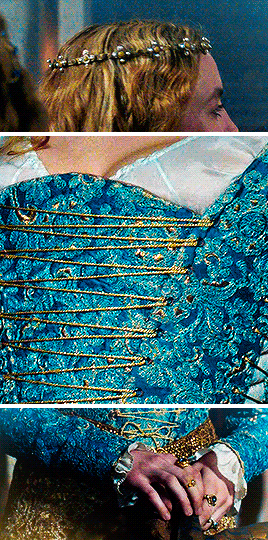

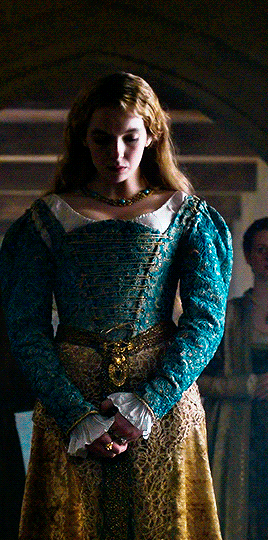


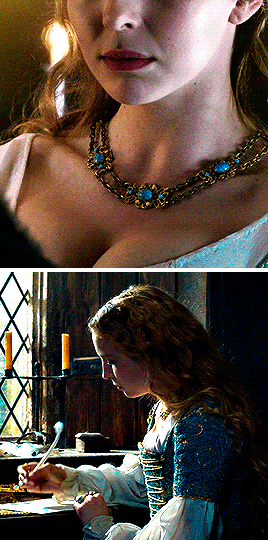

Jodie Comer as Elizabeth of York | Costume in Detail
THE WHITE PRINCESS (2017)
625 notes
·
View notes
Text


PAULINE POLLMANN as MARIE ANTOINETTE in JEANNE DU BARRY (2023)
147 notes
·
View notes
Photo










“Role models for Cleopatra were limited but dynamic. First there was the most famous of Egyptian queens, Hatshepsut (ruled ca. 1479/3–1458/7 b.c.), who succeeded upon the death of her husband, Thutmosis II. She saw herself as the one who liberated Egypt from years of Hyksos rule and was patroness of a remarkable building program, still conspic-uously visible. She also extended the boundaries of the Egyptian state: like Cleopatra, she was especially concerned with creating a presence in the Levant. Another inspiration for Cleopatra was Artemisia, queen of Halikarnassos in 480 b.c. Although little is known about her, she is remembered for commanding her own fl eet and playing a crucial (if somewhat enigmatic) role in the Battle of Salamis, the great concluding event in the war between the Greek states and Persia. And finally there was the first major Ptolemaic queen, Arsinoë II (ca. 316–270 b.c.), daughter of Ptolemy I, who defined the characteristics of female royalty within the dynasty. Although she never ruled on her own, her status in Egypt was equal to that of her brother-husband, Ptolemy II. She estab-lished the concept of sibling marriage—an essential dynastic tool—among the Ptolemies and was also married to two Macedonian kings. Like Cleopatra, she carefully chose her partners to enhance her own status.
All three of these queens had qualities that molded Cleopatra VII. There were many other influences, including Alexander the Great, Mithradates VI the Great of Pontos, and her male Ptolemaic ancestors [such as Ptolemy Soter, the founder of the Ptolemaic dynasty], as well as the dynamic women of Greek mythology, such as Penelope, who, although married, ruled a kingdom alone for 20 years. Even the aristocratic Roman women who were her competitors, such as Fulvia, Octavia, and Livia, were models, resulting in a cross-fertilization between the role of the Hellenistic queen and that of the Roman matron.”
- Duane W. Roller, Cleopatra: A Biography
316 notes
·
View notes
Photo



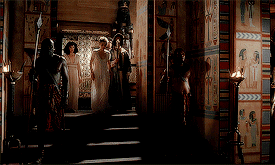






On 1 August 30 BCE, Cleopatra VII had a false report sent to her husband Mark Antony that she was dead. Mark Antony promptly attempted suicide, though true to fashion it wasn’t swift, so he was taken to Cleopatra whose arms he died in.
320 notes
·
View notes
Photo










Kleopatra VII and Queen Victoria anti-parallels ( + parallels)
1K notes
·
View notes
Text



The Serpent Queen
Scott Folan as Hercules
Philippine Velge as Margot
Bill Milner as King Charles IX
Laura Marcus as Elizabeth
Stanley Morgan as Anjou
10 notes
·
View notes
Photo


MINNIE DRIVER as ELIZABETH I
THE SERPENT QUEEN (2024)
67 notes
·
View notes
Text





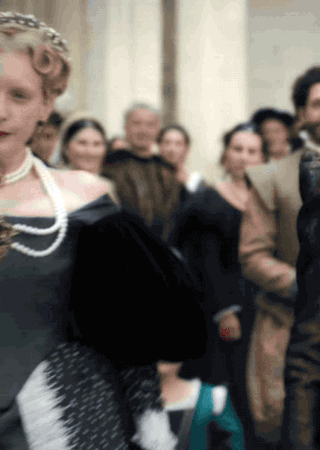



(Almost) Every Costume Per Episode + Diane de Poitiers's black gown with white print in 1x03
25 notes
·
View notes
Text


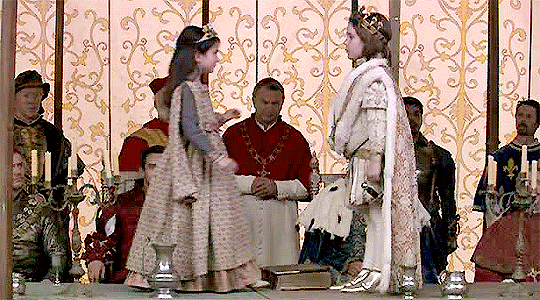



THE TUDORS - 1.02 "Simply Henry"
113 notes
·
View notes
Text
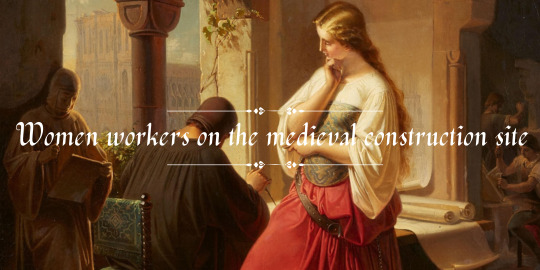
"Women could be found working on construction sites, if only occasionally, including in specialized roles such as carpenters and masons. The research is found in the article, “Appropriate to Her Sex?” Women’s Participation on the Construction Site in Medieval and Early Modern Europe,” by Shelley E. Roff.
She surveyed a wide variety of records from throughout Western Europe, including tax records, inventories of wages paid on construction sites, and municipal accounts, and discovered numerous instances of women working alongside men on construction sites as far back at the 13th century. Most of these women were employed as day laborers, carrying out tasks such as moving water and building supplies around the sites, digging ditches and serving as assistants to bricklayers and stonemasons. For example, in the Spanish city of Seville during the 14th century, women were hired to dig trenches for the foundation of a new city wall, while at the nearby city of Toledo, one or two women were hired each day for the construction of the city’s cathedral, where they gathered lime and worked on the roof. Meanwhile in the French city of Toulouse, almost half the laborers working on the Perigord college site were women. Ross also finds several examples from England and Germany.
Roff notes that previous historians have seen many examples of women working on construction sites in their research, but they had believed that these were just abnormal exceptions caused by economic crises, or because the male population had been killed off through war or disease. But her new study suggests that women construction workers were more than just odd occurences. She explains that “the expansion of urban centers starting in the thirteenth century set off a trend of increasing female employment for day laborers and in the crafts, which only began to contract on occasion for women working in the crafts in the sixteenth century with ensuing economic crises.”
She also notes that in almost all accounts surveyed, the women were paid at a lower rate than the men, which would make the “a cost-effective solution” for site supervisors looking for ways to reduce expenses. The women who took these jobs would have come from society’s poor – those women who could not maintain their households and families just from their husbands’ (if they had one) income.
Roff also finds records showing women taking part in specialized building trades. In London in 1383, Katherine Lightfoot is recorded as the supplier of 2,000 painted tiles for bath in the King’s palace. Meanwhile, tax records from Paris during the years 1296 and 1313 reveal the existence of two female masons, a tiler and a plasterer. These women were not poorer individuals, rather they were the wives of male craftsman, and in some cases their widows. The 15th-century French writer Christine de Pizan noted in her book The Treasury of the City of Ladies that craftswomen, “should learn all the shop details so that she can properly supervise the workers when her husband is away or not paying attention.”
Women workers could be found on the medieval construction site, Medievalists.net
190 notes
·
View notes
Text
Martin Luther stands his ground
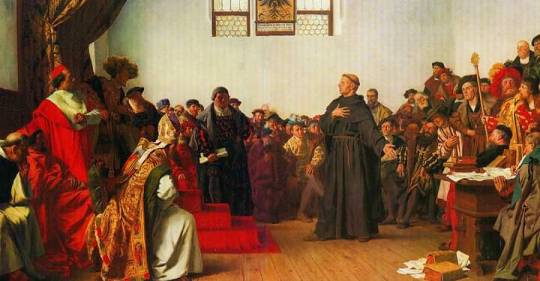
On the 16th of April 1521, Martin Luther appeared before the general assembly known as the Diet of Worms because of its location at the small town of Worms in the Rhine. Charles V presided over the assembly, with Prince Frederick III of Saxony as Martin Luther's primary defender. Though Martin didn't need the prince's help as he defended himself very well against the accusations laid against him by the Archbishop of Trier's secretary, Johann Eck.
Martin Luther's decision to split with the Catholic Church set a chain reaction that changed the course of Western Europe. Christianity and Catholicism as well, would not be the same. Yet Martin Luther was not the first "heretic" with radical new ideas. Among one of Martin Luther's idols was none other than Savanarola -the Italian priest who spoke against the Borgia Pope (Alexander VI) and preached humility and condemned idolatry. He was burned and branded a heretic, yet many Christians read his works and widely admired him. [Coincidentally, Katherine of Aragon's mother was one of these people, and she agreed with most of Savanarola's ideas and he was one of her inspirations for reforming the Church in Spain even further.]
The day after Eck questioned him, Martin Luther gave a response telling him that his 95 thesis were nothing more than the truth, based purely " by the testimony of the Scriptures or by clear reason" and added "I am bound by the Scriptures I have quoted and my conscience is captive to the Word of God. I cannot and will not recant anything, since it is neither safe nor right to go against conscience."
10 notes
·
View notes
Photo




CEM YİĞİT ÜZÜMOĞLU as SULTAN MEHMED II in RISE OF EMPIRES: OTTOMAN
98 notes
·
View notes
Text
Sultan Mehmed II X Emine Gülbahar Mükrime Hatun
In January 1448 a son was born to Mehmed Çelebi in Thracian Dimotika, by a slave girl named Gülbahar. The boy was given the name of Bayezid and was later (1481) to mount the Ottoman throne as the second sultan of this name.
There is no doubt that this union was beneath Mehmed's station: Gülbahar bint Abdullah, whom Turkish legend sub- sequently transformed into a "daughter of the king of France," was a Christian slave of Albanian origin.
It is equally certain, as we shall see later on, that Mehmed preserved a particular affection for her as long as he lived. From the fact that Gülbahar Hatun bore her child in Dimotika, it may be inferred that Mehmed was back in Europe by the beginning of 1448 at the latest and perhaps even that he was residing there. Dimotika was the site of an old Byzantine castle, with a double ring of walls, preserved by the sultans and sometimes used for the Ottoman state treasury.
Babinger, F. (1978). Mehmed the conqueror and his time. Princeton University Press.
P.s. She also bore him a daughter named Geverhan Sultan.
3 notes
·
View notes
Text
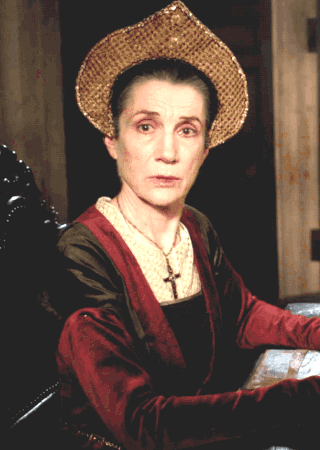
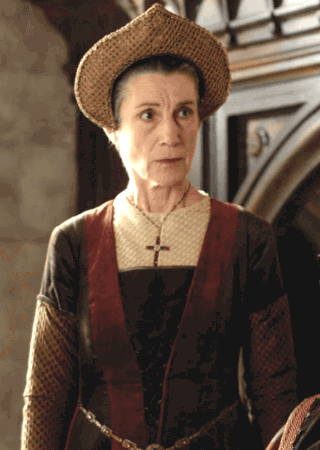

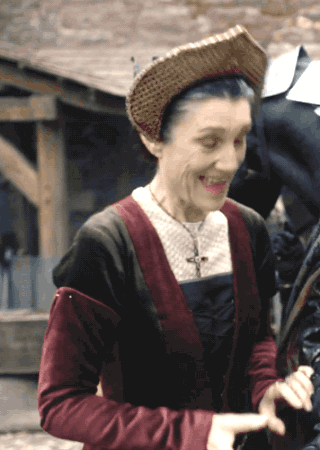


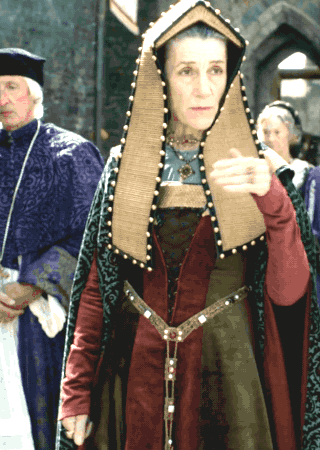

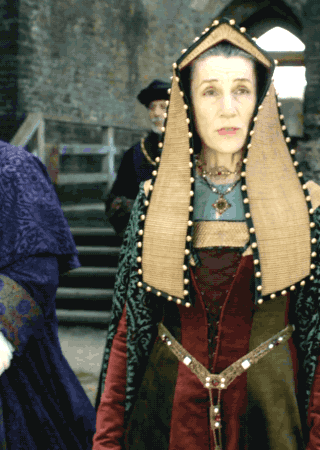





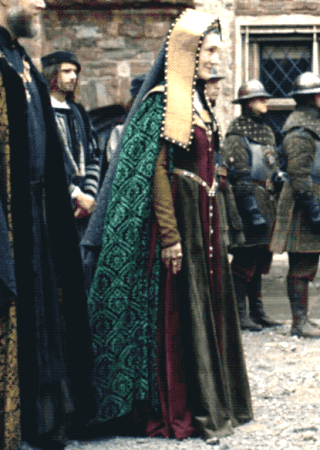
(Almost) Every Costume Per Episode + Margaret Beaufort's red and green velvet gown in 1x01,4,5,6
28 notes
·
View notes
Text
This Yellow embroidered gown was worn on Charlotte Hope as Catherine of Aragon in The Spanish Princess (2019) and worn again on an extra in The Princess (2022) and gown was worn on exstra in Damsel (2024)



15 notes
·
View notes
Text
Also the Spanish actress Bárbara Lennie wore this yellow dress as Juana of Portugal in "Isabel" (2012)

This Yellow Dress is worn on Uknown Actor as Lady in Waiting in The Spanish Princess Season 2 (2020) and worn again on Uknown Actor as Lady in Damsel (2024)


10 notes
·
View notes